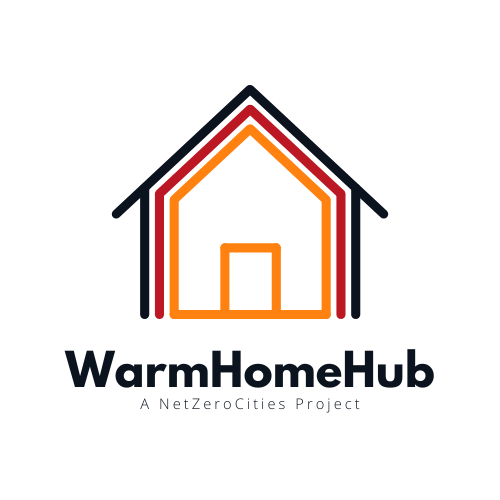How can I ensure proper ventilation and address concerns about air tightness and radon when doing my home energy retrofit?
Improving your home’s energy efficiency through air sealing and insulation is a great way to reduce heat loss and lower energy bills, but it’s essential to also address ventilation and potential indoor air quality issues.
Here’s how you can make sure your retrofit prioritises healthy air quality while improving energy performance.
Ventilation & Indoor Air Quality
Modern retrofits aim for both airtightness and proper ventilation. An airtight home without ventilation can trap pollutants, moisture, and odours inside.
That’s why a controlled ventilation system, like a Demand Control Ventilation system (DCV), Mechanical Ventilation with Heat Recovery (MVHR) or an Energy Recovery Ventilator (ERV), is recommended.
These systems provide fresh air, remove stale air, and help retain indoor warmth, ensuring your home remains efficient, healthy, and warm.
Controlling Radon Levels
Radon is a naturally occurring radioactive gas that can enter homes through foundation cracks or gaps. It’s crucial to test for radon levels, especially if you’re sealing up your home more tightly.
If radon is present, solutions like sub-slab depressurisation or other radon mitigation techniques can be incorporated into your retrofit plan. Many professionals can install radon mitigation systems alongside your retrofit to keep levels within safe limits to ensure that you don’t have to worry.
Moisture and Mould Prevention
Increased airtightness without adequate ventilation can lead to moisture buildup, which in turn can cause mould and mildew. Using a proper ventilation system helps control humidity levels, reducing the risk of condensation and mould growth.
Balanced Air Tightness
Your retrofit team will aim for an airtight but not hermetically sealed home. Strategic air sealing, especially around windows, doors, and attic spaces, can improve efficiency without completely stopping natural airflow.
Proper air barriers and insulation reduce drafts but should be paired with adequate ventilation to maintain a healthy air exchange rate.
Testing & Professional Guidance
Before and after your retrofit, you can consider a blower door test to evaluate the airtightness of your home and pinpoint areas that need attention.
Also, certified home energy professionals can assess your ventilation needs and radon levels, helping to ensure your retrofit maintains a healthy indoor environment in your home.
Addressing these issues upfront will allow you to enjoy the benefits of an energy-efficient home without compromising air quality, comfort, or safety.
A well-planned retrofit incorporates all these elements, so you can enjoy a healthier, more efficient home!
To learn more about retrofitting your home in Galway, visit our Home Energy Upgrade web page here.
On this page
- Ventilation & Indoor Air Quality
- Controlling Radon Levels
- Moisture and Mould Prevention
- Balanced Air Tightness
- Testing & Professional Guidance

